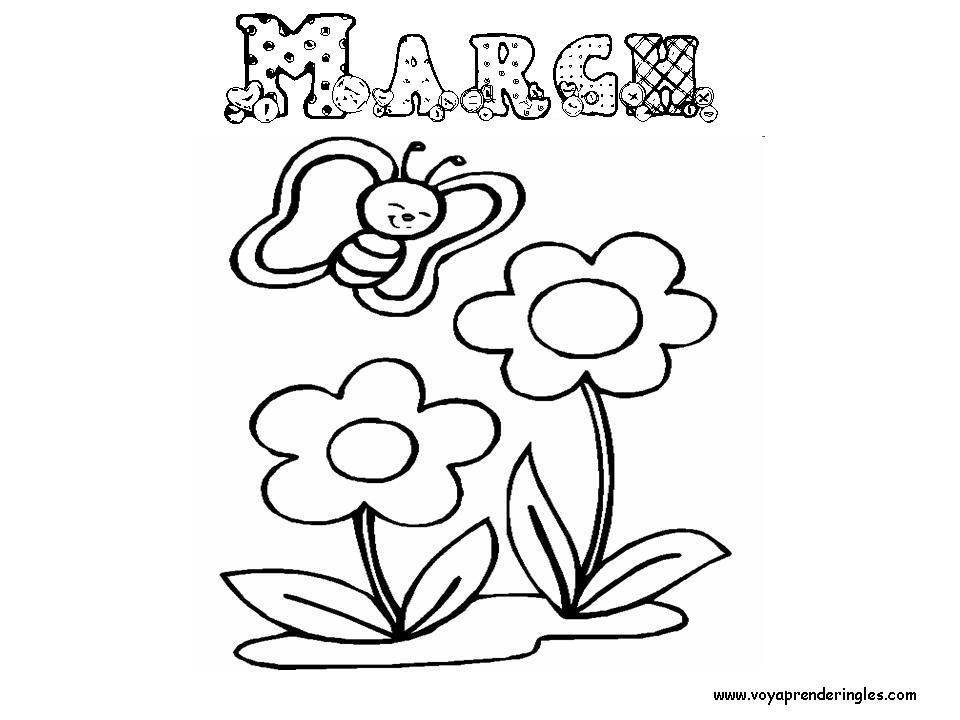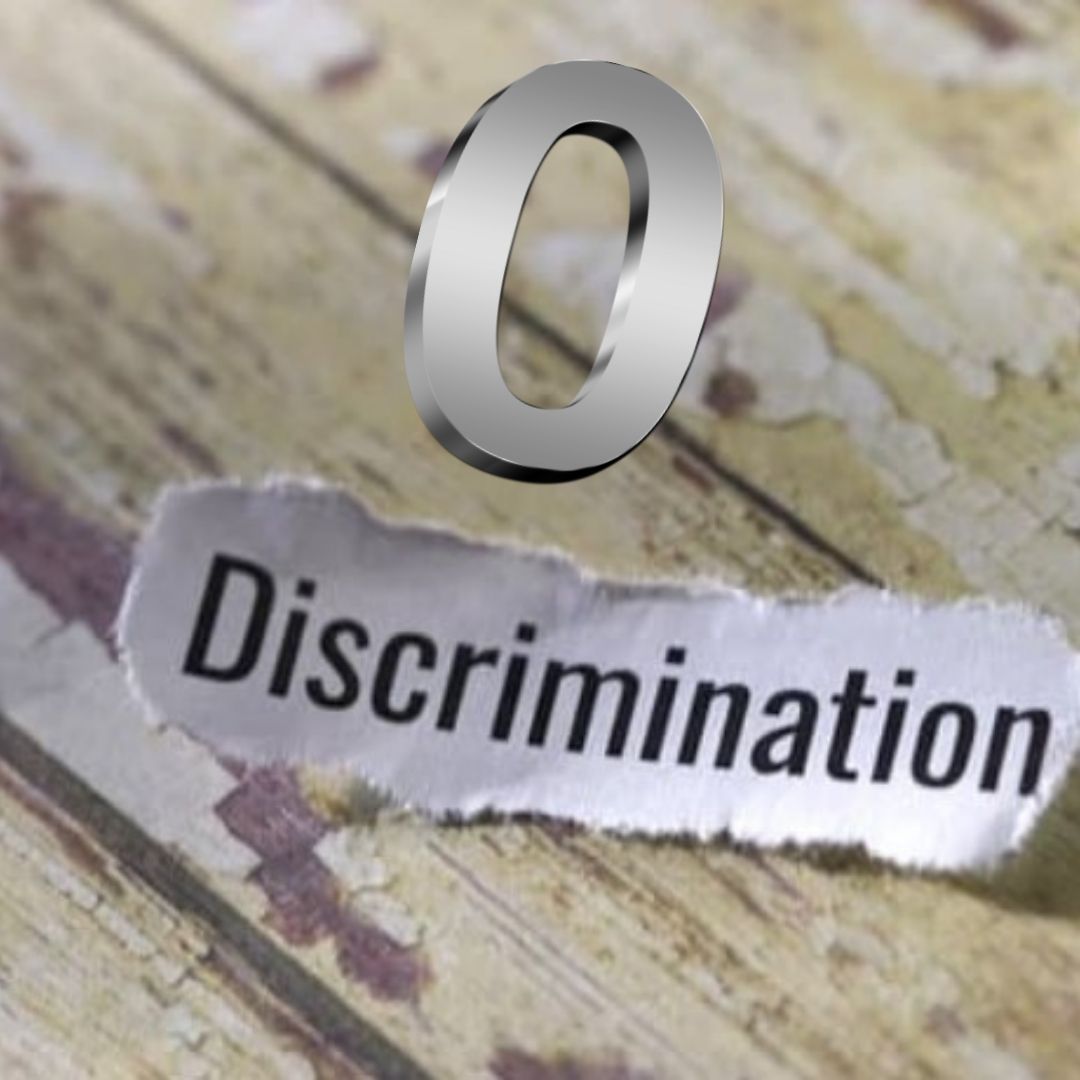
A friendship break-up is similar to a love break-up, as the ties established can be so strong and resonate within us in a powerful way. When a friendship runs out of steam, when we are faced with a clash that upsets or destabilises us, certain steps must be observed in order to avoid this end of the relationship hurting us too much. How to deal with a friendly disappointment?
What is at stake in a friendship break-up?
The strength and resonance of a friendship is often underestimated. It is only when the bond is broken, sometimes with great drama, that we realise the passion with which we had invested the friendship. Friendships between women are particularly strong, since they unconsciously involve the bond of mother and child that was experienced at a young age.
This is why these female friendships can be so fusional, passionate, vital, and can lead to disarray and sometimes depression if betrayed, disappointed or abandoned. Strong friendships are important because they build us up and have seen us through key stages of our lives. With a very good friend, we grew up, experienced strong moments, forged a bond that we sometimes thought was indestructible, and yet. From then on, our relationship with others can be changed: how can we trust again, when we have been betrayed or disappointed?
As in a couple's relationship, it is necessary to go through a period of mourning when we have to say goodbye to a friend. And it can be just as painful as in a couple relationship, which is not so different.
Steps for moving on after a friendship break-up
When a friendship breaks up, if you didn't start it, you feel disappointed, abandoned and betrayed. Sometimes, if you are fragile, you can fall into depression and it can take a long time to get over it. Here are a few steps to take to avoid being overwhelmed by the sadness of disappointment.
Accept
When you have been intimate with someone for months or years, it can be upsetting to no longer have them in your life overnight. First of all, you have to work on acceptance. Accepting that the page is turning, that you will not see this person again, that your habits will have to change, that your reference points will change, but that this can leave room for other future links.
Challenging yourself
There is never only one "culprit" when a relationship breaks down. Everyone, in their own way, may have contributed to the break-up or disappointment. It is therefore necessary to identify our responsibility in this disappointment, in order to avoid repeating possible relationship errors in the future. Finally, forgive yourself, so that you do not carry all the guilt on your shoulders.
Expressing our feelings
With the help of a confidant or a psychologist (if the discomfort is too strong), it is important to express what you feel during this friendship break-up, and not to minimise the impact that it has on you. Crying, shouting out your anger, your sadness, talking about the past: anything goes, as long as it comes out.
Remembering the good things
This goes hand in hand with acceptance. Remembering the good memories with the lost friend helps to bring closure and stay on a positive note before letting him/her go for good.
Moving towards change
We have evolved differently and this has led to clashes or estrangement and disappointment. Life changes and so do people. Moving forward on your path and accepting that the other person will do the same is part of the remission of a friendship break-up. Change is also about meeting new people and learning to trust others again.
Changing your mind
There is nothing like seeing other people who have nothing to do with the friend in question to take your mind off your disappointment. You can also do things on your own that make you feel good: sport, cinema, reading, or taking on a project that is close to your heart.
Ask for forgiveness
Even without expecting to repair the broken relationship, asking for forgiveness from the person (or forgiving oneself) allows us to free ourselves from the past of this lost friendship and to move forward. This will make peace with the person concerned and make you feel better about yourself.





